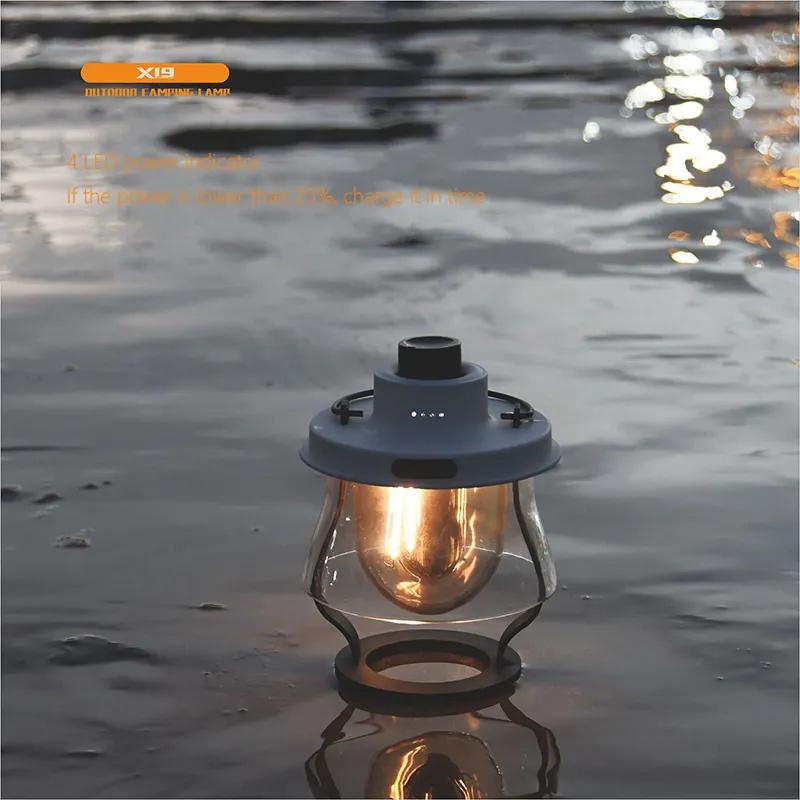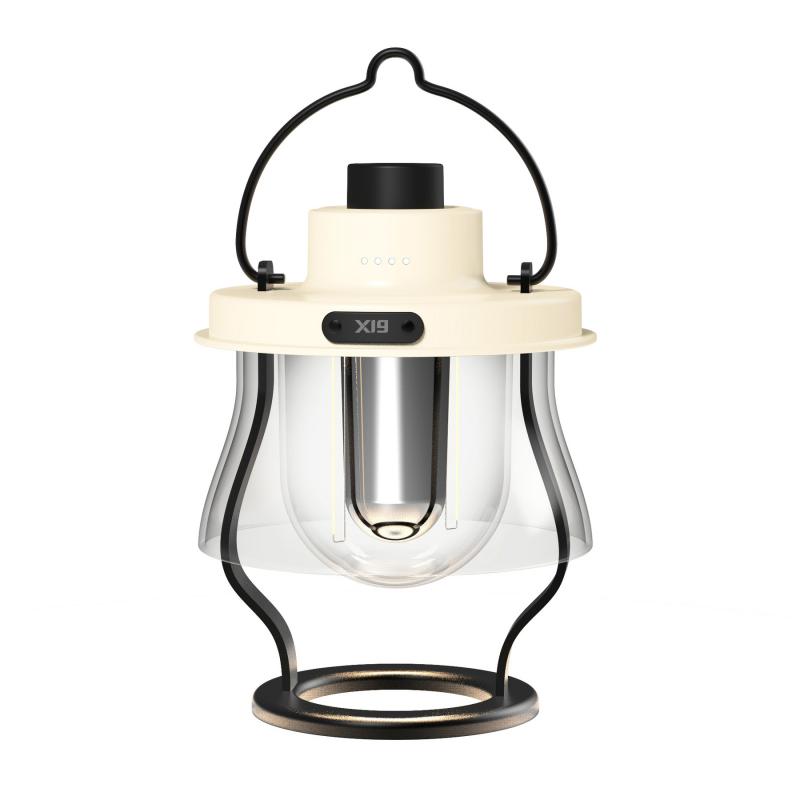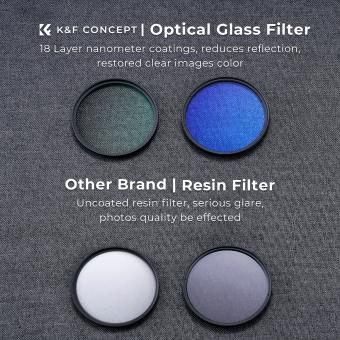Which Part Of The Microscope Reflects Light ?
The mirror or the condenser of a microscope reflects light.
1、 Condenser
The condenser is an essential part of a microscope that plays a crucial role in reflecting light. It is located beneath the stage and is responsible for focusing and directing light onto the specimen being observed. The condenser consists of a lens system that collects and concentrates light from the microscope's light source, typically a bulb or a mirror.
The primary function of the condenser is to enhance the illumination of the specimen. It does this by focusing the light into a cone-shaped beam and directing it onto the specimen. This concentrated light improves the clarity and contrast of the image, allowing for better visualization and analysis.
The condenser also contains an adjustable diaphragm, known as the iris diaphragm, which controls the amount of light passing through. By adjusting the iris diaphragm, the user can regulate the intensity of the light, preventing overexposure or underexposure of the specimen.
In recent years, there have been advancements in microscope technology that have led to the development of new types of condensers. For example, some microscopes now feature phase contrast condensers, which utilize phase contrast microscopy techniques to enhance the visibility of transparent or unstained specimens. These condensers use special annular rings to manipulate the phase of light, resulting in improved contrast and detail.
In conclusion, the condenser is the part of the microscope that reflects light. Its main function is to focus and direct light onto the specimen, enhancing the illumination and improving the quality of the image. With advancements in technology, new types of condensers have been developed to further enhance the visualization of specimens.

2、 Mirror
The part of the microscope that reflects light is the mirror. The mirror is an essential component of a microscope as it helps to direct and focus light onto the specimen being observed. It is typically located at the base of the microscope and is positioned at a 45-degree angle.
The mirror in a microscope is usually a concave mirror, which means it curves inward. This curvature allows the mirror to gather and concentrate light from an external source, such as a lamp or natural light, and reflect it upward through the microscope's optical system. By reflecting light, the mirror ensures that the specimen is properly illuminated, enabling clear and detailed observation.
However, it is important to note that not all microscopes use mirrors for illumination. In modern microscopes, especially those used in research laboratories and medical settings, mirrors have been largely replaced by built-in light sources, such as LED or halogen bulbs. These microscopes have an integrated light source that eliminates the need for external illumination and provides a consistent and controlled light intensity.
In conclusion, while the mirror is traditionally the part of the microscope that reflects light, advancements in technology have led to the development of microscopes with built-in light sources. These newer models offer improved convenience and reliability in terms of illumination, making them more commonly used in various scientific and medical applications.

3、 Prism
The part of the microscope that reflects light is the prism. A prism is a transparent optical element with flat, polished surfaces that refract and reflect light. In a microscope, the prism is typically located in the illumination system.
The prism plays a crucial role in directing and manipulating the light that passes through the microscope. It is responsible for bending the light rays and splitting them into different wavelengths, allowing for better visualization and analysis of the specimen under observation.
In traditional microscopes, a prism is used to reflect light from an external source, such as a lamp or a mirror, into the microscope's optical system. This reflected light then passes through various lenses and other components before reaching the specimen. The prism ensures that the light is properly focused and directed onto the specimen, enabling clear and detailed imaging.
However, it is important to note that with advancements in microscope technology, the use of prisms has become less common in modern microscopes. Many modern microscopes now utilize more advanced illumination techniques, such as LED or laser light sources, which do not require the use of prisms. These newer techniques offer improved efficiency, flexibility, and control over the illumination process.
In conclusion, while the prism has traditionally been an essential part of the microscope's illumination system, its role has evolved with advancements in technology. While it is still used in some microscopes, particularly older models, newer microscopes often employ alternative illumination methods that do not rely on prisms.

4、 Objective lens
The objective lens of a microscope does not reflect light; instead, it refracts light. Refraction is the bending of light as it passes through a medium with a different refractive index. In the case of a microscope, the objective lens is responsible for gathering and focusing light from the specimen onto the focal plane.
The objective lens is a crucial component of the microscope as it determines the magnification and resolution of the image. It is typically composed of multiple lenses that work together to minimize aberrations and improve image quality. These lenses are made of materials with specific refractive indices, such as glass or plastic.
When light passes through the objective lens, it undergoes refraction, which causes the light rays to converge. This convergence allows for the formation of a magnified and focused image of the specimen. The objective lens is designed to have a short focal length, which enables high magnification.
It is important to note that the objective lens does not reflect light because reflection would result in a loss of light intensity and image quality. Instead, the objective lens refracts light, ensuring that the maximum amount of light is collected and focused onto the specimen.
In recent years, there have been advancements in microscope technology, such as the development of specialized objective lenses. These lenses, known as immersion lenses, use a liquid medium with a higher refractive index than air to further improve resolution and image quality. Immersion lenses are commonly used in high-resolution microscopy techniques like confocal microscopy and super-resolution microscopy.
In conclusion, the objective lens of a microscope does not reflect light; it refracts light to gather and focus it onto the specimen. This refraction is essential for achieving high magnification and resolution in microscopy.








































